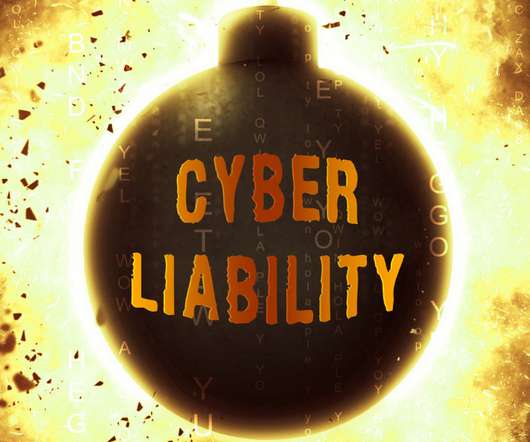13 Important Considerations When Obtaining Cyber Liability Insurance
Joseph Steinberg
AUGUST 5, 2021
Likewise, cyber insurance policies for individuals are starting to appear in the marketplace. Remember, a cyber-insurance policy is a legal contract – it is absolutely essential that policyholders adhere to policy requirements or they may find their otherwise valid claims denied should a cybersecurity incident occur.















Let's personalize your content